In the traditional approach to season planning, periodization has typically been based on tracking volume. Coaches have relied on this metric for a long time as it's the easiest to measure. However, not all aspects of training are determined by volume. Coaches often incorporate creative techniques such as power towers, Stretchcordz, jumps, sculling, and more.
This is where the trade-off triangle between volume, speed, and skills comes into play. All three components are crucial to track in training. In this article, we'll explore the trade-off triangle and how focusing on different sides of it based on the season's progress can help elevate your training.
What is the Tradeoff Triangle?
The Tradeoff Triangle is a powerful visual tool that illustrates the inter-relationships and interactions between Volume, Skills, and Speed in training. It's important to note that optimizing any two of these components is feasible, but all three cannot be maximized simultaneously.
For instance, during training, it's possible to focus on enhancing Volume and Skills while not prioritizing Speed, or emphasizing Speed and Skills while not going too heavy on Volume, and so on. Understanding this relationship and how to balance the three components is key to effective and efficient training that meets your objectives.
.png?width=578&name=The%20Trade-off%20Triangle%20(1).png)
Volume
Volume has long been considered the gold standard of periodization in swimming due to its ease of tracking. It provides valuable insights into the planned sets and their total volumes. However, relying solely on volume as a metric doesn't provide insights into the athletes' response to training or other factors that can impact performance.
This is where Load comes in as a crucial metric to track. Load takes into account several variables, such as volume, intensity, and frequency, to provide an overall picture of the stress placed on athletes during training.
By tracking Load, coaches can adjust training to optimize performance and prevent injuries caused by excessive stress. In short, while Volume is an important component of periodization, Load is the metric that truly captures the impact of training on athletes.
Load = Volume* RPE (a workout rating given by the athlete on how the workout felt).
As a coach, it's important to plan your athletes' training load regularly and make necessary adjustments to the volume, intensity, and frequency. What you tweak will depend on the training phase and goals you aim to achieve during that cycle. So keep these in mind when planning your season and use tools like Readiness to track what you did vs what you planned.
Skills
Skills can be challenging to target and track improvement. This is because it's hard to determine if the improvement happened underwater, overwater, in transitions, or a combination of these. To gain clarity and better direction, it is imperative to track metrics beyond just Time, Stroke Rate (Tempo), Stroke Count, and Distance off the wall.
Providing guided feedback and visual aids is essential to coaching athletes effectively. By using tools like Focus to analyze your swimmers' technique and understanding how their skills impact their performance, you can identify areas where they excel and where they need to improve. This enables you to experiment with different practice drills and techniques to maximize their potential during racing.
Speed
Although planning for speed may seem easy, ensuring the athletes execute the sets as required is quite tough. To attain optimal energy system adaptations, prescribing volume at various intensities becomes essential. However, as you challenge the athletes to cover more distance with shorter rest intervals, it becomes more challenging to maintain their strokes and skills. At times, athletes may need to slow down or get more rest to perform the skills correctly again.
When planning workout sets, consider the type of adaptation that you want to target first, so you can choose the energy system that your athletes should work on. Beyond energy systems, determine the duration of the set, the distance, the number of repeats, and the work-to-rest ratio.
For better monitoring of your athletes' performance, use tools such as Intensity t to know how much time they spend in each training zone and ensure the balance of aerobic and anaerobic work is adequate. Remember, how you distribute the work between the training zones will depend on the current phase of your season.
Turning Goals Into A Plan
The ultimate objective of creating a plan is to enhance your swimmers' skills gradually and systematically. Traditional seasonal plans, like USA Swimming's sample annual plan, usually comprise various aspects such as training volumes, competitions, energy systems, stroke development, "start and wall work'', underwater work, and dryland training. ]
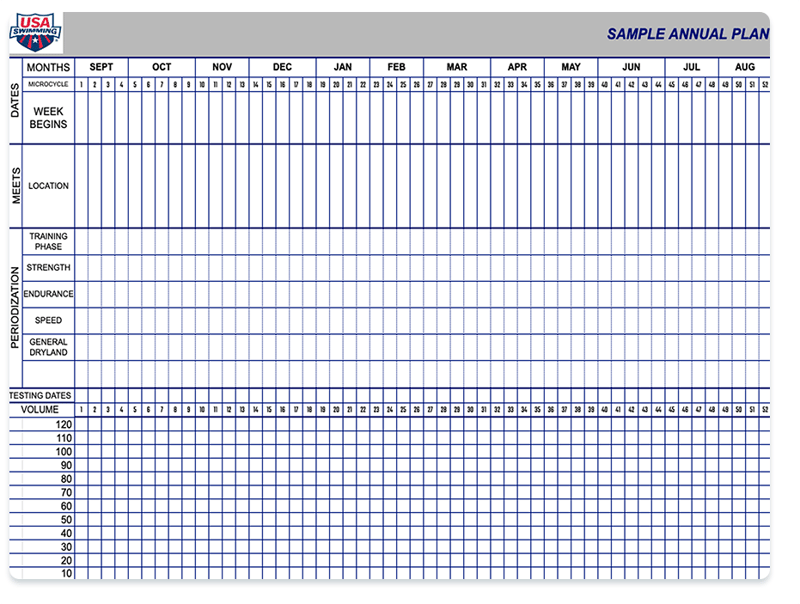
By building upon the foundation of traditional seasonal plans, enhanced seasonal plans focus on utilizing the various elements more efficiently. They concentrate on tailoring training variety towards specific goals with data feedback and insights to fine-tune the workout regimen. This ensures that athletes peak at the optimal time before an event or race. Ultimately, a well-structured seasonal plan with efficient usage of training elements contributes to faster swimming.
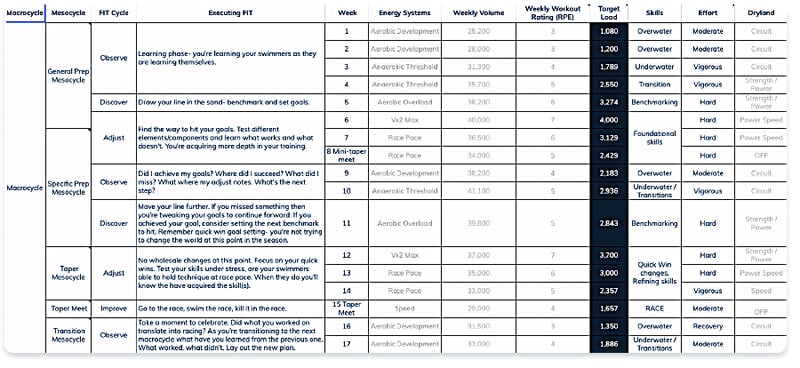
If you see yourself as a coach with a growth mindset or someone ready to take coaching to the next level, grab this playbook; it's step-by-step guidance to help you integrate data into your training.

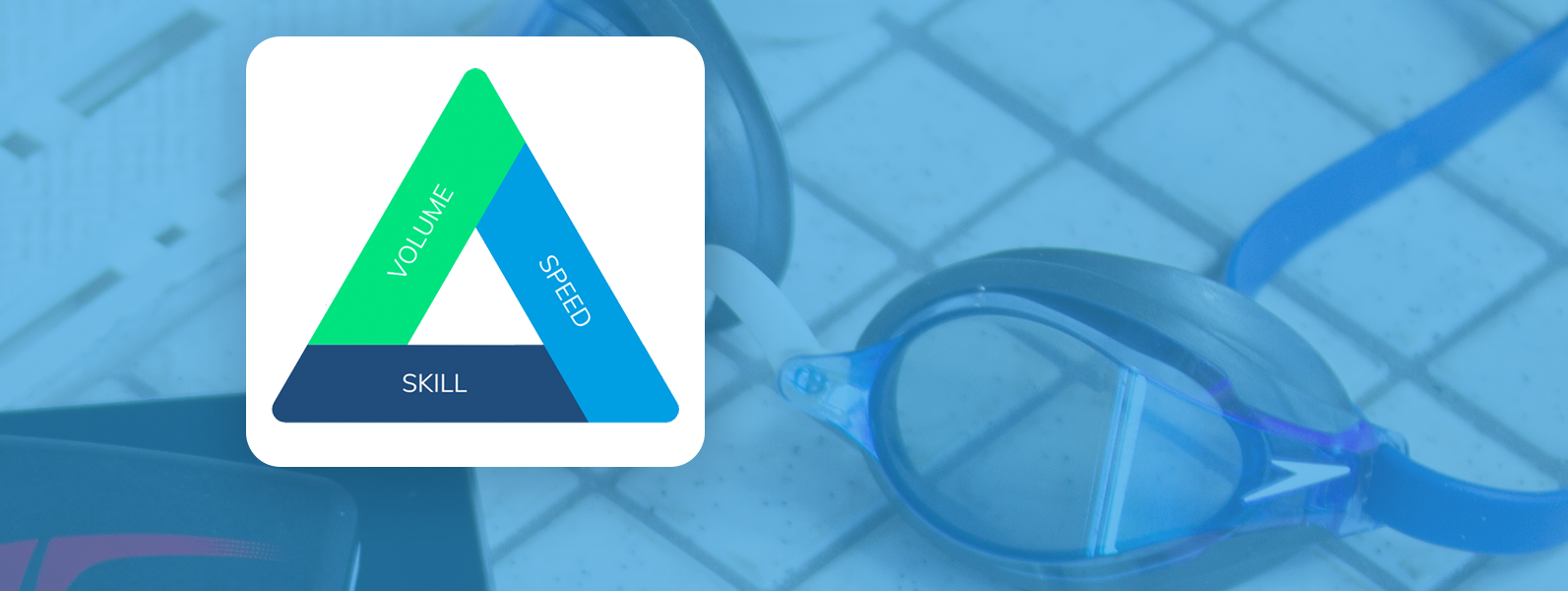

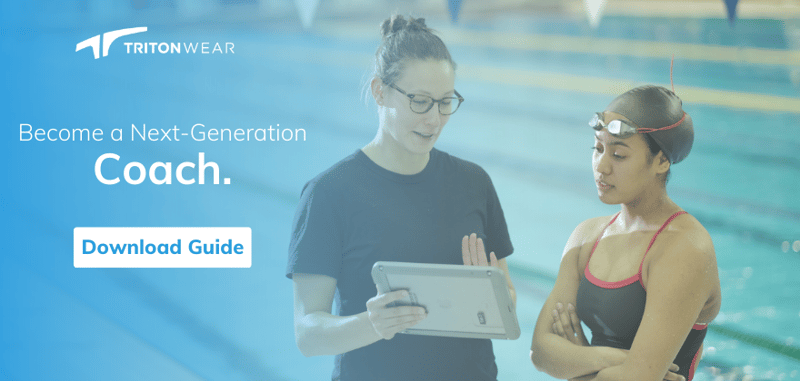

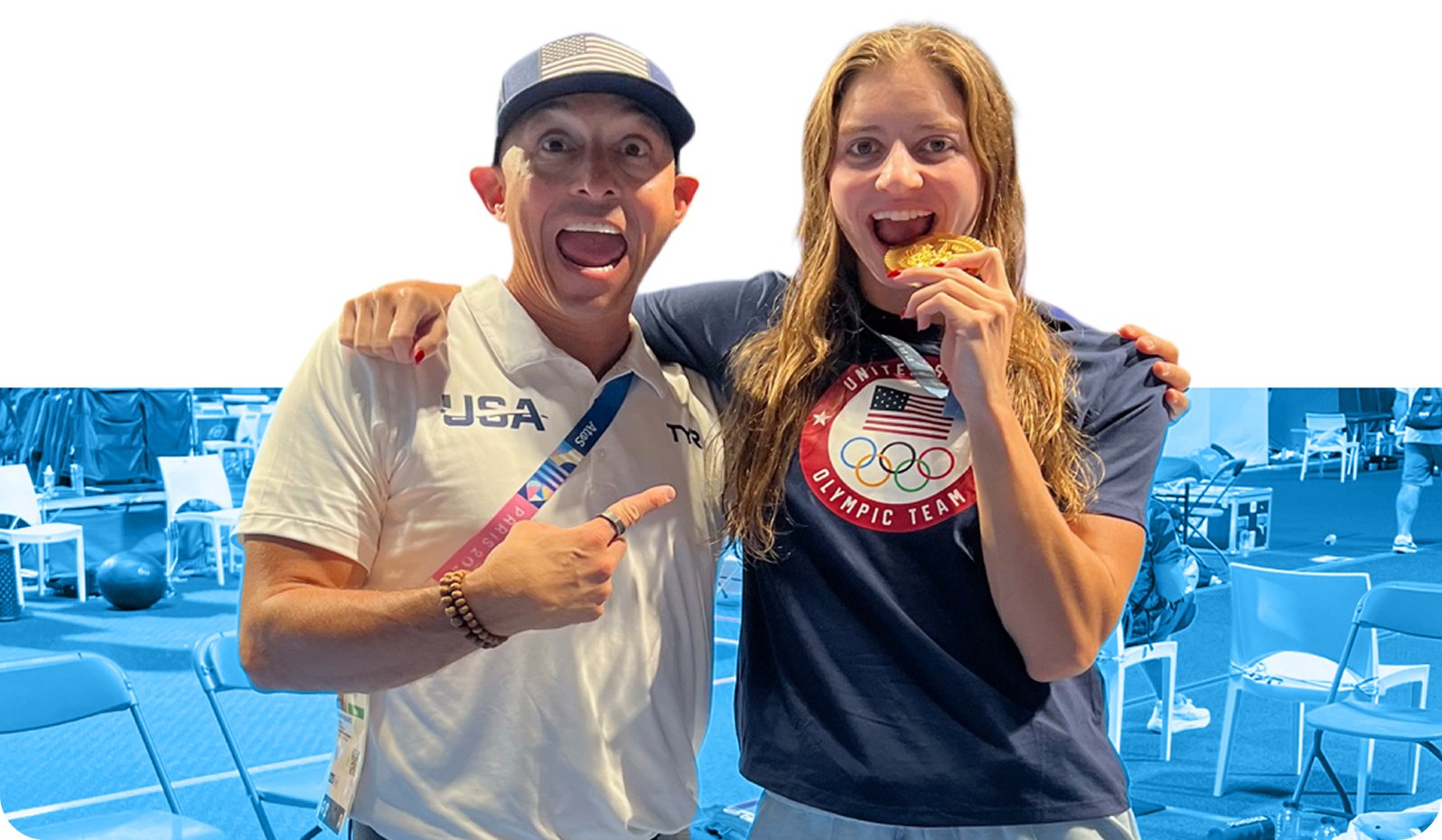
.png)
.png)